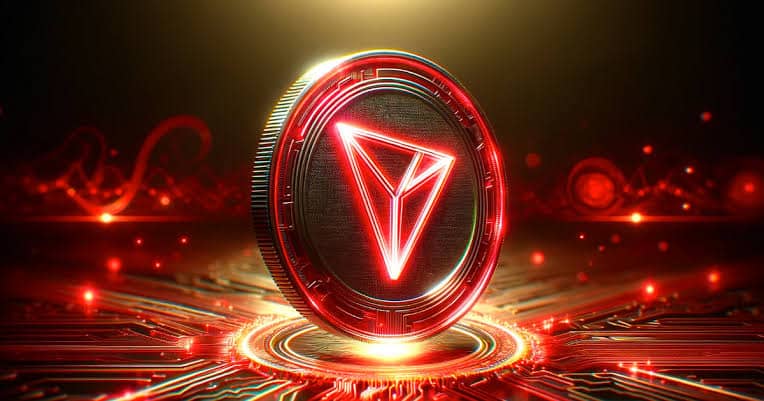Tron has launched a gas-free stablecoin on both the Ethereum and Tron chains. This bold move, led by Tron’s founder Justin Sun, aims to make blockchain technology more appealing to businesses by eliminating gas fees, which have been a big obstacle to wider use.
The introduction of the Tron gas-free stablecoin marks a pivotal moment in the cryptocurrency landscape. Stablecoins, which are typically pegged to stable assets like the US dollar, offer a reliable medium for transactions, contrasting with the volatility commonly associated with cryptocurrencies like Bitcoin (BTC) and Ethereum (ETH). However, the gas fees associated with transactions have been one major hindrance, especially on the Ethereum network. These fees can make small transactions costly and deter many potential users.
Justin Sun, the visionary behind Tron, believes that removing these fees could significantly enhance the appeal of stablecoins for businesses:
“Transfers can be made without paying any gas tokens, with the fees being entirely covered by the stablecoins themselves,” Sun stated in an X post.
Sun believes this development could be key for companies looking to offer stablecoin services by launching this stablecoin on both Ethereum and Tron chains.
“I believe that similar services will greatly facilitate large companies in deploying stablecoin services on the blockchain, elevating blockchain mass adoption to a new level.”
The gas-free stablecoin leverages Tron’s robust blockchain infrastructure, which is renowned for its high throughput and low transaction costs, Ethereum’s extensive ecosystem, and widespread adoption. This dual-chain approach ensures that users can benefit from the strengths of both platforms, promoting greater flexibility and accessibility.
The potential for the Tron gas-free stablecoin to drive corporate adoption of blockchain technology is immense. For businesses, stablecoins’ appeal lies in their ability to provide a stable and predictable means of transferring value, crucial for financial planning and operations. However, the high transaction fees often associated with cryptocurrencies have been a significant barrier.
By eliminating these fees, the Tron gas-free stablecoin can make blockchain technology more attractive to businesses. This innovation aligns with the broader trend of seeking efficiency and cost-effectiveness in financial transactions. Companies can now explore blockchain integration without the concern of incurring prohibitive transaction costs.
According to news sources, the launch of the gas-free stablecoin is part of a broader trend in the cryptocurrency industry to improve user experience and foster mainstream adoption. Despite its popularity, Ethereum has faced criticism over high gas fees, especially during periods of network congestion. Tron’s solution, therefore, offers a compelling alternative that combines the best of both worlds – the robust ecosystem of Ethereum and the efficiency of Tron.

Tron Gas-Free Stablecoin: Implications for the Cryptocurrency Market
The introduction of the Tron gas-free stablecoin could have far-reaching implications for the cryptocurrency market. It could drive increased usage and adoption of stablecoins, both for everyday transactions and as a tool for corporate finance. This, in turn, could enhance the overall stability and maturity of the crypto market.
Furthermore, making transactions more affordable, the Tron gas-free stablecoin could encourage greater experimentation and innovation within the blockchain ecosystem. Developers and businesses can now explore new use cases and applications without the constraint of high transaction fees.
The impact of this development is also likely to extend to other cryptocurrencies. Bitcoin (BTC), the first and most well-known cryptocurrency, and Ethereum (ETH), the leading platform for smart contracts, could see increased competition from Tron as users seek more cost-effective alternatives. However, it could also prompt these platforms to explore similar innovations, ultimately benefiting the entire cryptocurrency industry.
In conclusion, the launch of Tron’s gas-free stablecoin on Ethereum and Tron chains represents a significant advancement in the cryptocurrency space. By addressing the issue of gas fees, Tron is paving the way for greater corporate adoption and integration of blockchain technology. This development not only enhances the usability of stablecoins but also sets a new standard for the industry, promising a more accessible and cost-effective future for blockchain transactions. Stay tuned to The BIT Journal, for more news and crypto updates.





























